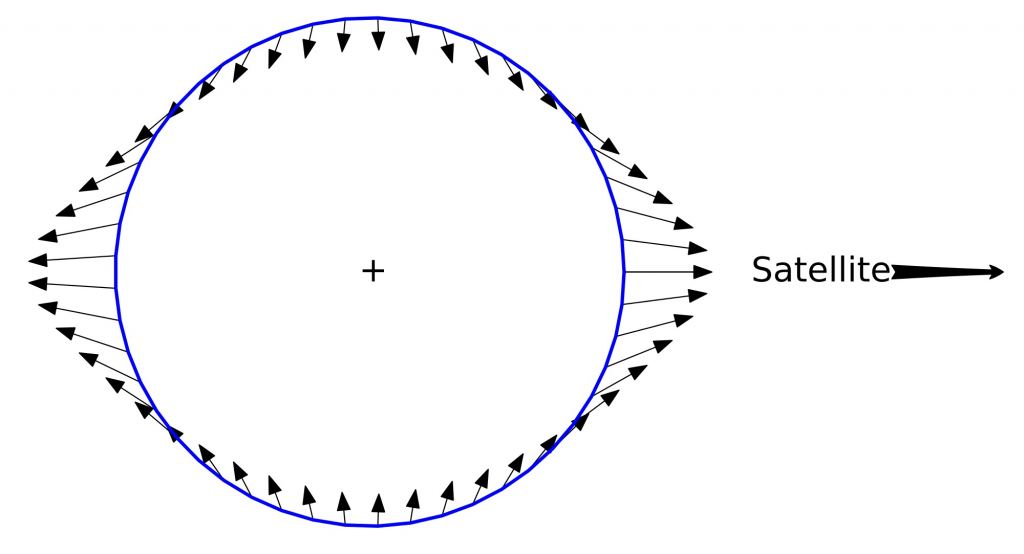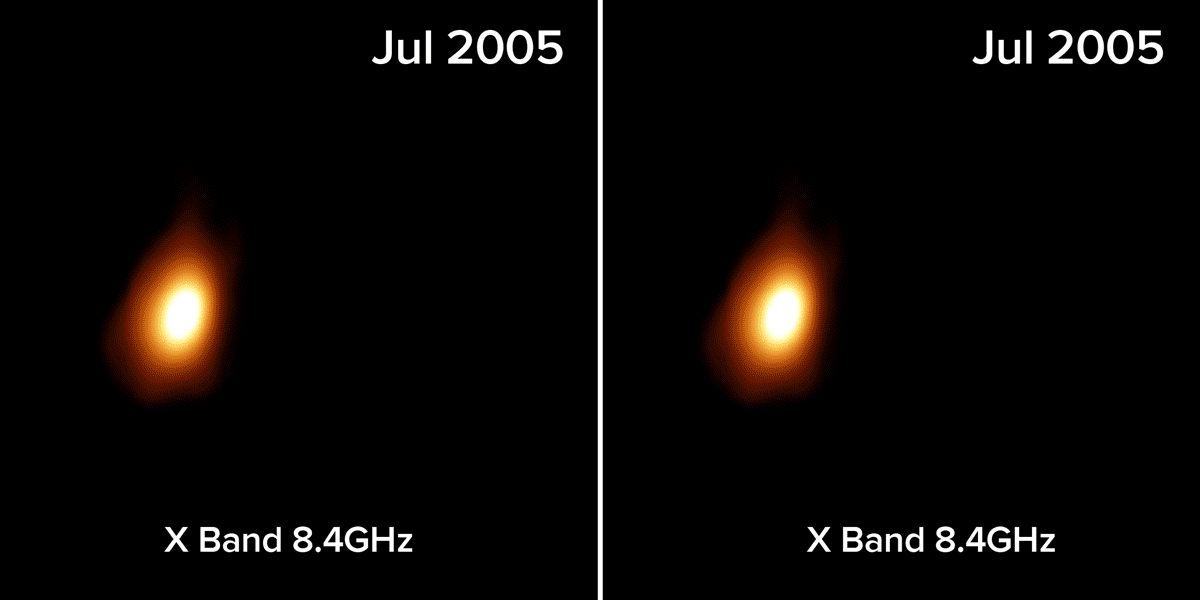The gravitational dance between massive bodies, tidal forces occur because the pull of gravity from an object depends upon your distance from it. So, for example, the side of Earth near the Moon is pulled a bit more than the side opposite the Moon. As a result, the Earth stretches and flattens a bit. On Earth, this effect is subtle but strong enough to give the oceans high and low tides. Near a black hole, however, tidal forces can be much stronger, creating an effect known as spaghettification.

The strength of a tidal force depends upon the mass of an object and how close you are to it. The larger the mass, and the closer you are, the stronger the tidal force. When an object approaches a black hole, the tidal forces become so strong that it can rip an object apart. Spaghettification is where a black hole tidally disrupts an object, stretching its remains into a long stream. We’ve long suspected that stars are ripped apart when they get too near a black hole, and now astronomers have watched it in action.[^1]
It happened in the heart of a spiral galaxy just 215 million light-years from Earth. In September of last year, astronomers saw a bright flash they called AT2019qiz. Observing it for about six months at wavelengths from radio to x-ray, they discovered it was a tidal disruption event (TDE). Almost half of the star’s material was consumed by the black hole, while the remaining half was ejected at speeds of nearly 10,000 kilometers per second.

This TDE is the closest such event to be observed, and so it gives us a much deeper understanding of how black holes can rip apart stars and consume them. One of the surprises is that the black hole ejects jets of matter while the star is consumed. These jets produce distinct optical and radio light emissions. Astronomers have observed similar emissions in galaxies, but their origin was a matter of some debate.
Black holes play a significant role in the evolution of galaxies, including the formation of new stars. Through this recent TDE, we are starting to see how black holes can destroy stars and seed the galaxy with new material at the same time.
Reference: Nicholl, M., et al. “An outflow powers the optical rise of the nearby, fast-evolving tidal disruption event AT2019qiz.” Monthly Notices of the Royal Astronomical Society 499.1 (2020): 482.

